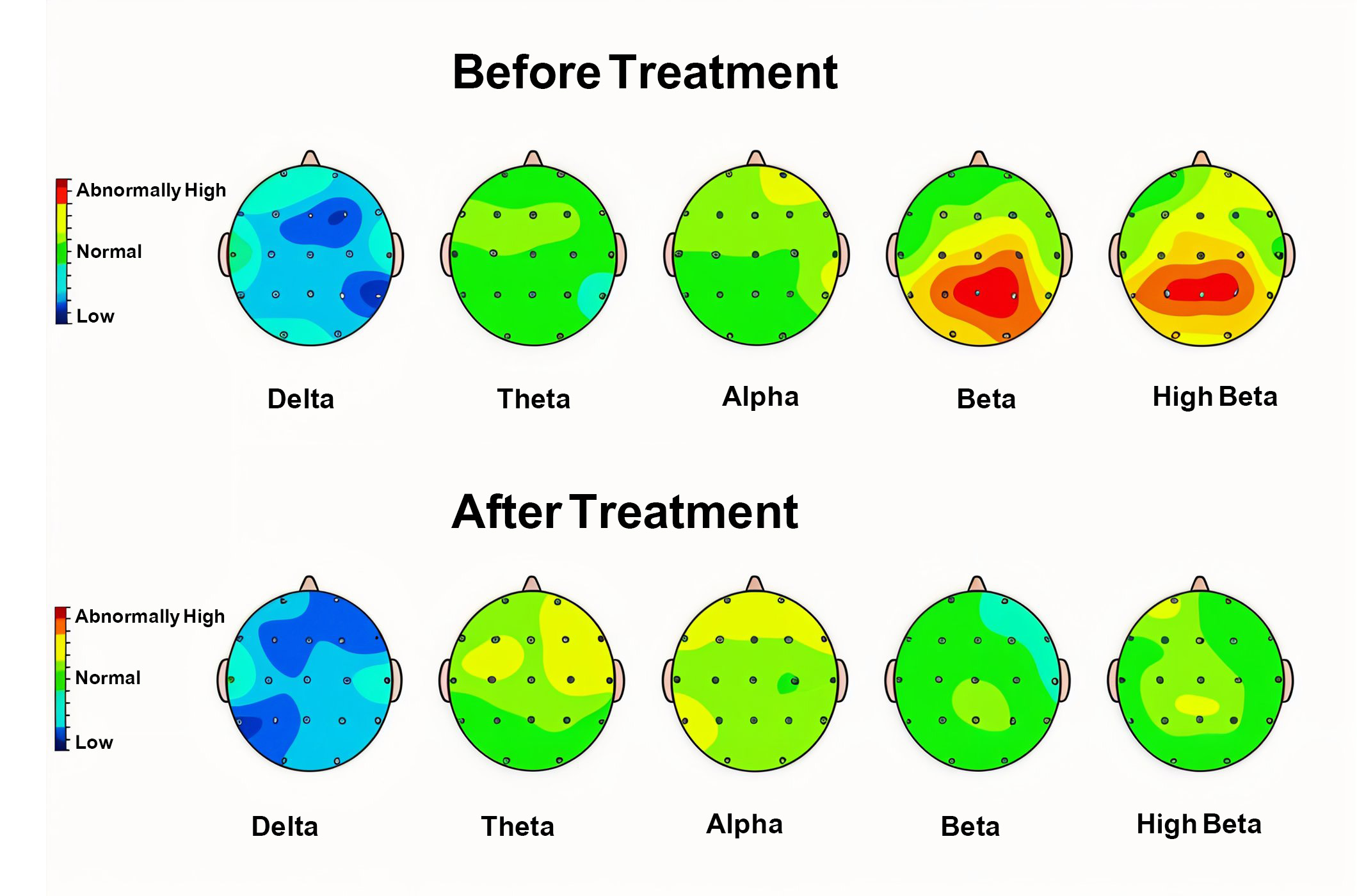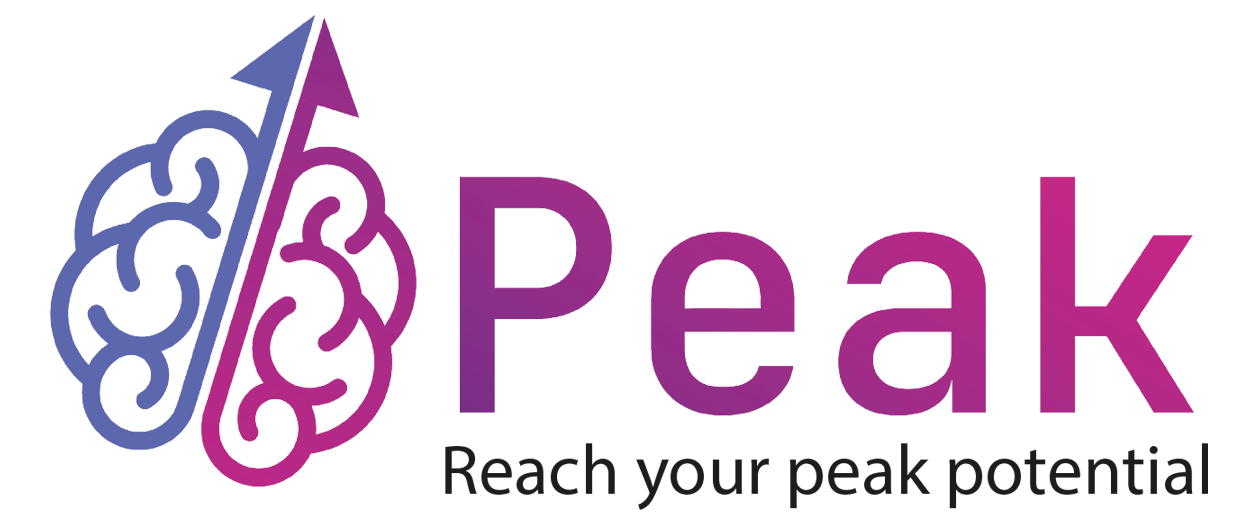Neurofeedback therapy is becoming increasingly popular as a non-invasive method for improving mental health and cognitive performance.
But many people still wonder: how successful is it? With a growing body of research and real-world applications, neurofeedback has shown significant promise in treating conditions like ADHD, anxiety, and even in optimizing performance for athletes and executives.
In this article, we’ll dive into the success rates of neurofeedback, explore how it works, and provide examples of its effectiveness across various fields.

What Does the Research Say?
The success of neurofeedback therapy is backed by a substantial amount of scientific research. According to a 2020 meta-analysis on neurofeedback for ADHD, neurofeedback significantly improves attention and reduces hyperactivity in both children and adults. The study reported that neurofeedback was as effective as stimulant medications, such as Ritalin, in managing ADHD symptoms over time. For individuals seeking a natural, medication-free treatment option, these findings are promising.

Similarly, studies have shown that Neurofeedback can be effective in treating anxiety and depression, particularly when combined with traditional therapeutic approaches like cognitive- behavioral therapy (CBT).
At Peak Centers, we’ve had clients report a significant reduction in symptoms after consistent Neurofeedback

Real-World Success Stories
In addition to clinical research, real-world examples showcase the broad applicability of neurofeedback. For instance, many athletes and performers have turned to neurofeedback to enhance their mental game. One famous case involves the Italian soccer team during their 2006 World Cup win, where neurofeedback was used to improve players’ focus and stress management.
They credited the technique for giving them a mental edge during high-pressure matches.
At Peak Centers, we’ve also seen success with high-performing executives who use neurofeedback to improve decision-making and stress resilience. After just a few sessions, many report:
- sharper focus,
- better time management,
- improved emotional regulation
all key factors for leadership success.
Who Can Benefit from Neurofeedback?
Neurofeedback’s success depends largely on the condition being treated and the individual’s commitment to the therapy process. It has been particularly successful for:
Children with ADHD:
Studies show that neurofeedback improves attention span and impulse control in individuals with ADHD, offering a drug-free alternative to traditional medications.

Individuals with Anxiety and PTSD:
Neurofeedback helps retrain the brain to reduce overactive stress responses, promoting a calmer mental health.

Executives and Athletes:
For those looking to enhance cognitive function, Peak Performance Training with neurofeedback can improve focus, reaction times, and decision-making under pressure.

How Many Sessions are Required?
The number of neurofeedback sessions required for success varies depending on the individual and their specific goals. Typically, clients start to notice improvements after 10 to 20 sessions, although some may require more to solidify lasting results. Each session builds on the last, progressively teaching the brain how to self-regulate more effectively.
At Peak Centers, we tailor our treatment plans based on individual assessments, ensuring each client receives the most effective care possible. Our cognitive assessments help determine the right course of action for each case.
Does Neurofeedback Provide Permanent Results?
One common question is whether Neurofeedback results are permanent. While every brain is different, research and clinical experience show that the improvements gained from Neurofeedback can be long-lasting. Once the brain learns how to regulate itself, the changes can be enduring specially when clients continue to practice brain-healthy habits. However, occasional “booster” sessions may be needed to reinforce progress, particularly for chronic conditions like anxiety or ADHD.

Is Neurofeedback Worth the Investment?
Given its long-lasting benefits and non-invasive nature, many find neurofeedback to be a worthwhile investment, especially for those seeking alternatives to medication. For athletes, executives, and individuals dealing with mental health issues, neurofeedback offers a targeted way to enhance cognitive and emotional function without the side effects often associated with pharmaceuticals. If you’re considering neurofeedback, the potential for long-term improvement in brain performance and mental health makes it an appealing option.
At Peak Centers, we provide comprehensive neurofeedback programs tailored to your specific needs, ensuring you get the most out of each session.

Conclusion: Neurofeedback is Proven and Effective
Neurofeedback therapy is far from “junk science.” With a growing body of evidence and real-world applications, it’s clear that neurofeedback is a successful tool for improving mental health and cognitive performance. Whether you’re managing ADHD, looking to reduce anxiety, or aiming to enhance your performance, neurofeedback offers a safe, effective, and long-lasting solution.
Ready to experience the benefits of Neurofeedback for yourself? Contact Peak Centers today to schedule a consultation!



